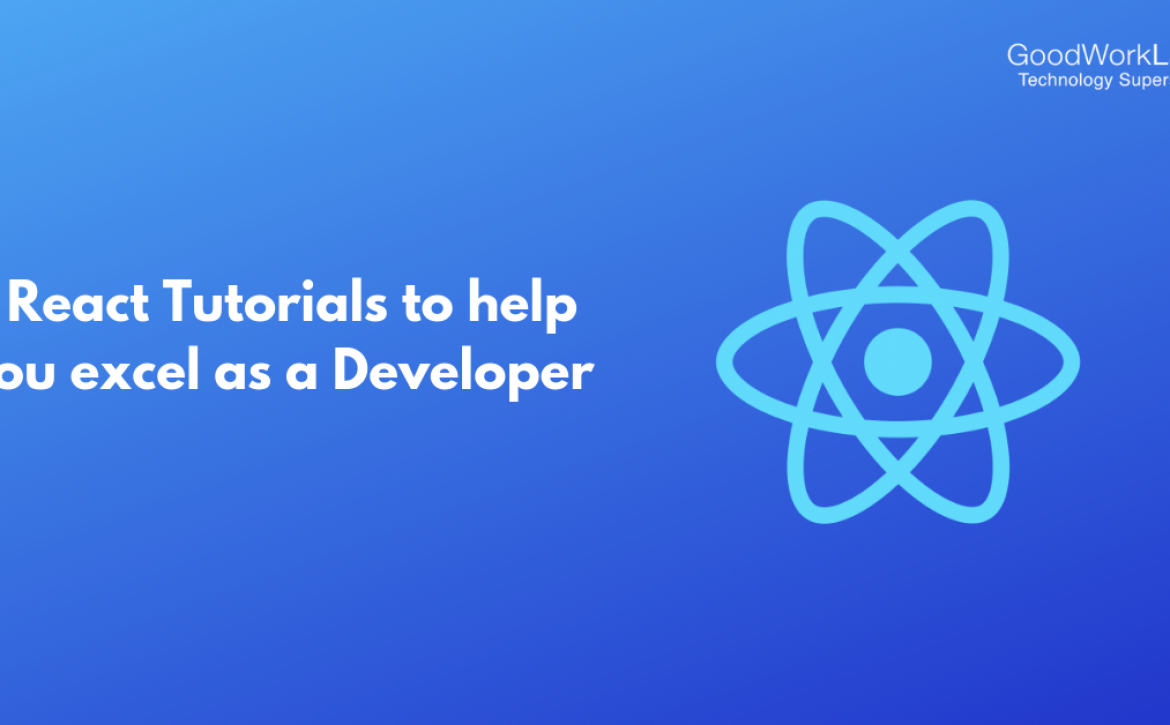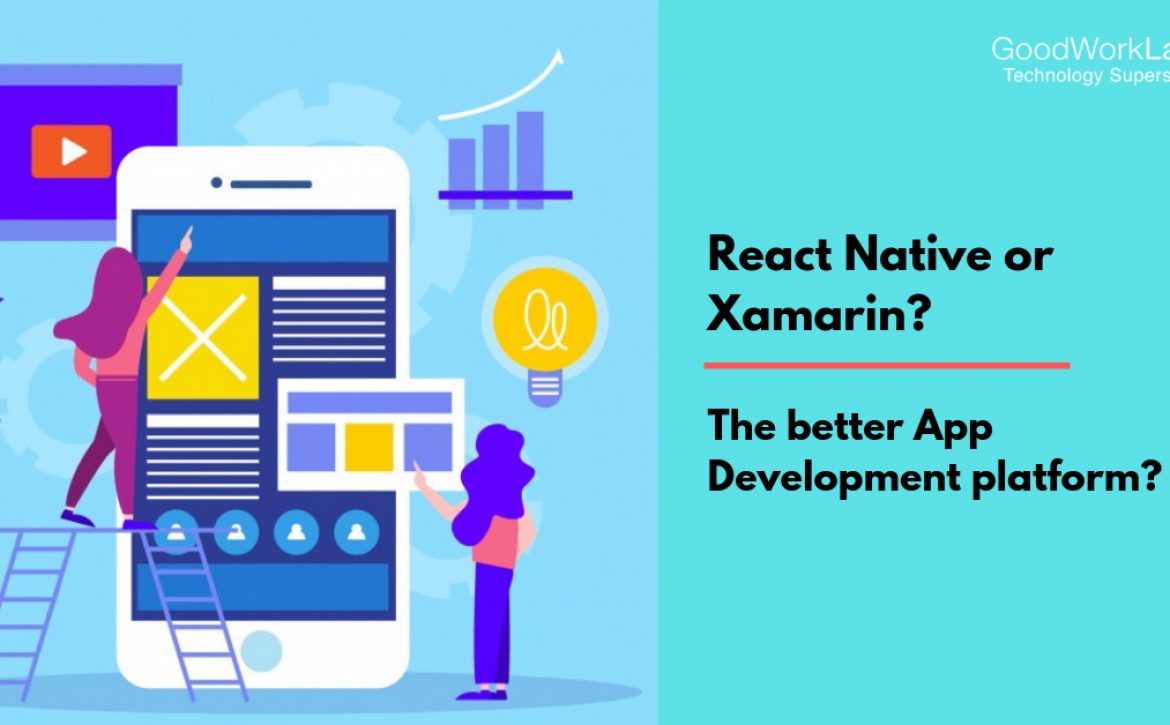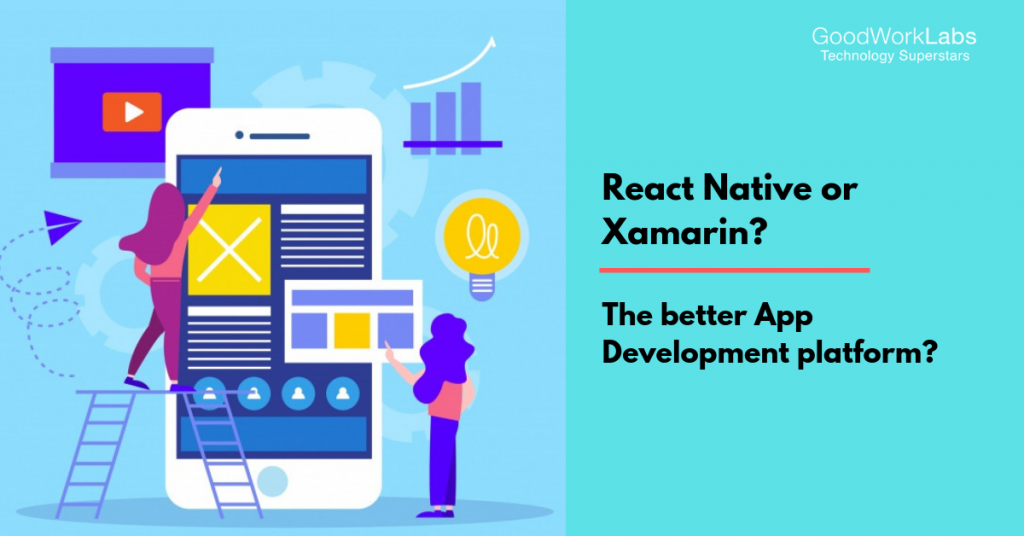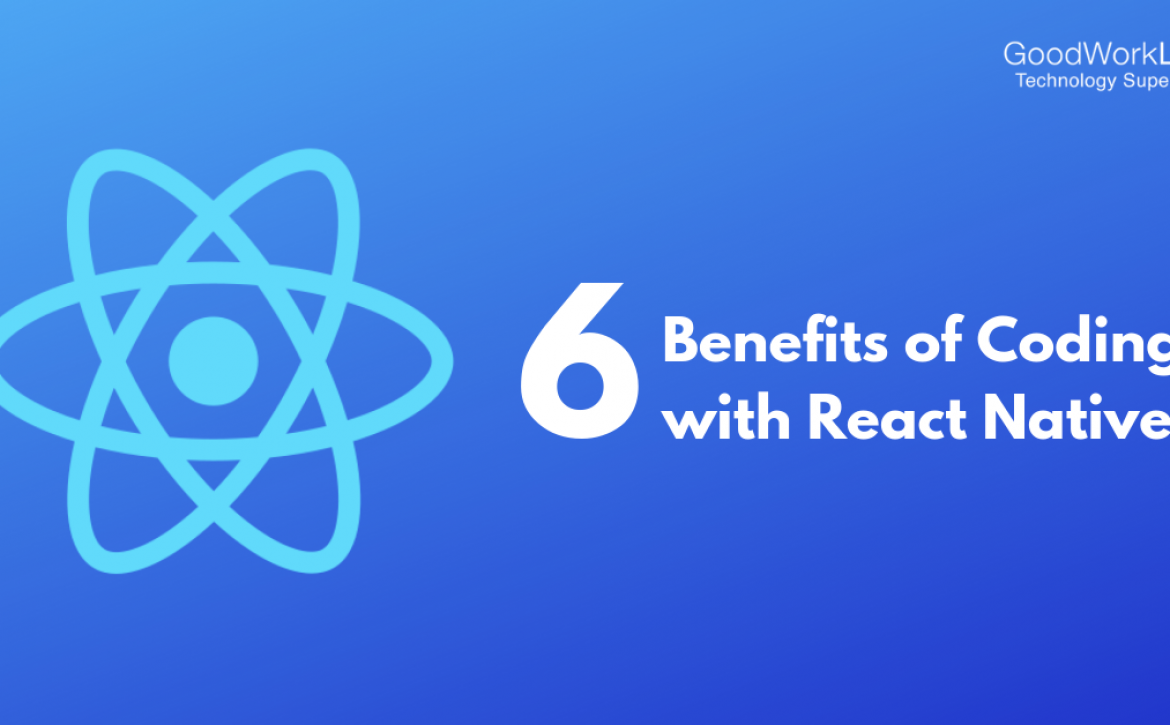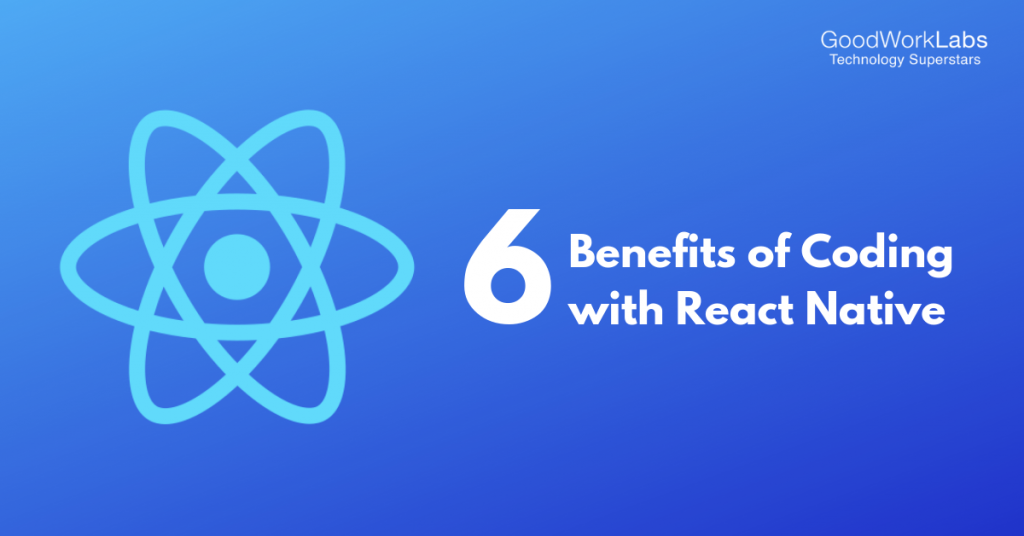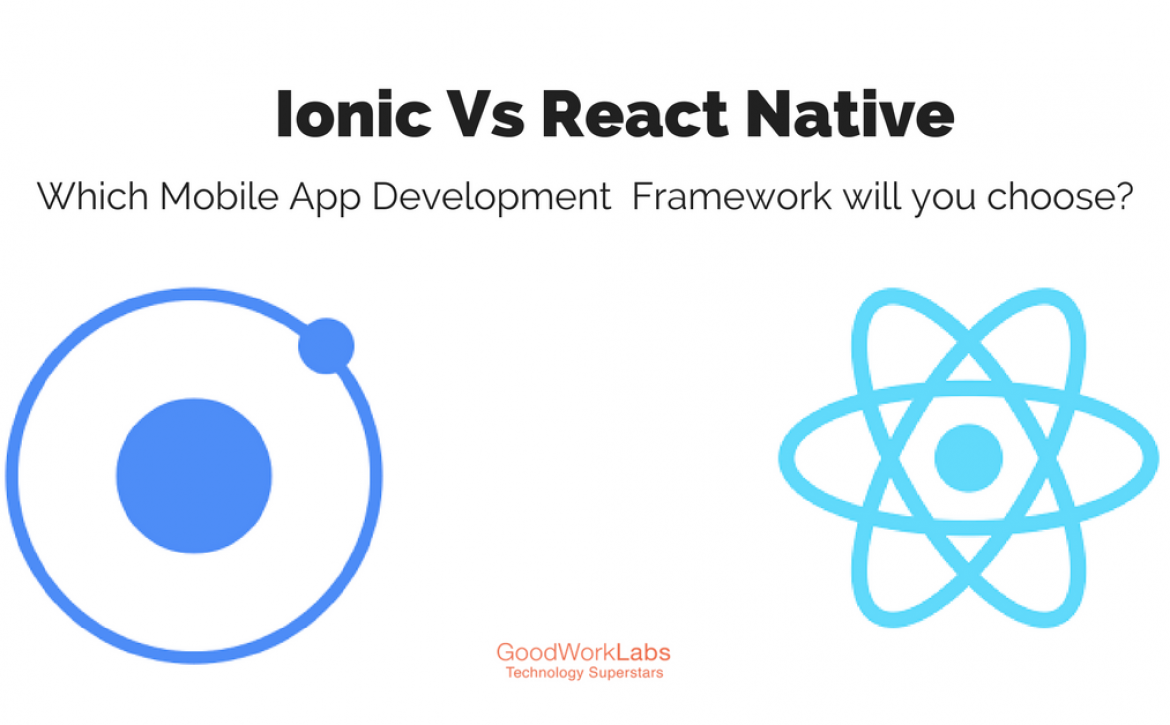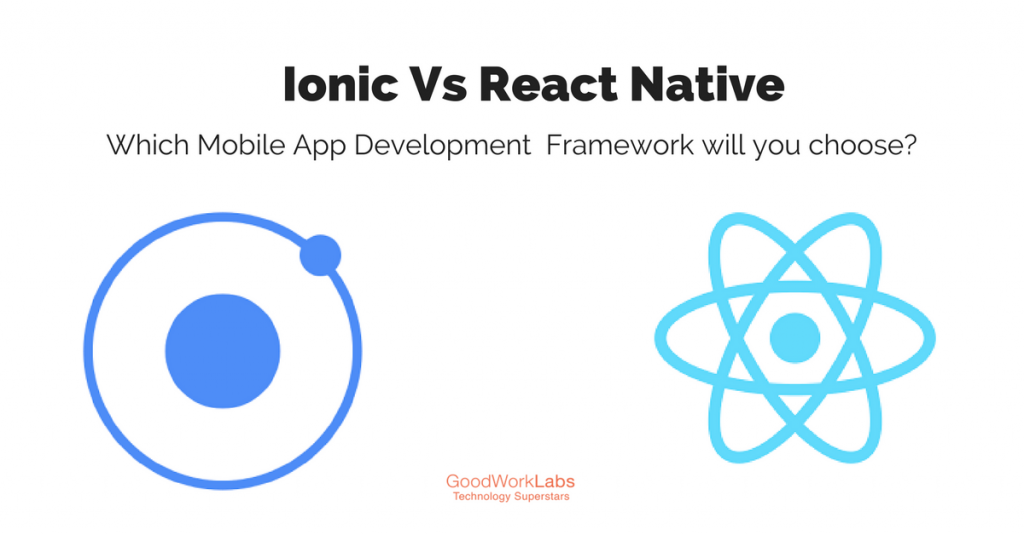Which is one is better, Vue.js or React.js? This debate is going on for a long time. We chose this topic to provide more clarity and finish this debate once and for all.
The array of frameworks and language pops up every day and it is quite difficult to decide which ones are worth paying attention to. As we all know that javascript programming has become a very renowned and well-known scripting language with first-class functions. We being a software development company, cannot neglect the most popular frameworks of this period that is Vue.js and React.js.
Vue.js and React.js are front end javascript frameworks that are highly efficient and facilitate the job of the developer to build web applications by providing vulnerable and pragmatic features. Let us discuss what precisely Vue.js and React.js frameworks are all about.
1.1 What is Vue.js?
Value.js has become predominantly used javascript frameworks worldwide. It enables you to create single-page web applications. Its core library focuses on the view layer and it is one of the fastest-growing frameworks that support updating models and views via 2-way data binding.
Vue.js was introduced in 2014, which extensively started being download since 2017 by the users. It took the market by storm.
Statistically, total number of websites using Vue are 5,23,510 that includes hosting data, contact details, and location information. Coming over to the number of live websites which are currently 2,47,494 and an additional domains that redirects to site in this list are 3,84,888. The number of websites that were using vue as their framework were 2,76,016 and 978 websites are using vue completely in India.
You can check the whole websites list using Vue.
1.2 What is React.js?
React.js is an open-source javascript framework that is used for building user-interfaces. You can effortlessly build single-page applications through React.js. Moreover, it can also be used for making applications on the client-side along with working on the server-side. It is one of the biggest positives of React.js that it could be used to develop cross-platform applications.
React.js simplifies the coding and it also enables the developer to reuse the code for rapid development. It creates a particular data structure in order to make changes and update the browser by utilizing the concept of Virtual DOM.
One can create attractive and reusable UI components through its library. It is very convenient for the components which represent frequently changing data. You can easily break user interfaces into components to build reusable user interfaces instead of using HTML or templates. Many renowned such as Whatsapp, Yahoo, Netflix, Facebook, Instagram, Airbnb, Microsoft uses React.js framework. Moreover, React.js is backed by professional developers from Facebook who are always looking to rectify and improve it.
React.js was introduced in 2013 and started gaining recognition among the users from 2016.
Getting over to the numbers 13,75,412 websites are using react including contact details, location information, and hosting data. Total number of live websites are 2,58,620 at present and 6,48,536 are additional domains that redirect the sites to this list. The number of sites that were using this technology previously were 11,16,792 and the websites which are using react currently in india are 1534.
You can check the entire websites list using react.
Pros and Cons of Vue.js
2.1 Pros of Vue.js
Listed below are some of the advantages of Vue.js-
- Small Size- The file size of Vue.js comprises of only 18KB to 20KB. It also allows the users to split the run time and the template-to-virtual-DOM compiler
- Smoother integration- Whether it is a complex web interface or a single-page application, it provides simple and enhanced integration of smaller parts. It allows the component logic and structure to contain in one file
- Flexibility- It provides a simple and efficient structure, reusable templates and hassle-free migration. It also provides an opportunity for the other developers to switch on to Vue while they were working on some other java framework
- Detailed Documentation- Vue.js is known for its comprehensive documentation. It is one of the areas where Vue.js excels over React.js
- Ease of use- This framework is designed to embrace standard HTML-based templates or large scale templates. You can easily find errors in the blocks and helps in revamping the existing application
2.2 Cons of Vue.js
When it comes to the number of users for Vue.js and React.js, Vue.js has considerably a very small market as compared to the React.js framework, leading to closed community development. However, it is becoming prevalent at a fast pace but the major concern at the time of usage is having issues in terms of large scale app development.
Pros and Cons of React.js
3.1 Pros of React.js
Here are some reasons why you should opt for React.js framework-
- Easier to learn- As compared to other front-end frameworks, this programming language is easy to learn, especially for the new developers. You just need to have a basic knowledge of CSS and HTML.
- Responsive and Flexible- Along with its simple functioning and programming, it offers utmost responsiveness and flexibility
- Favours SEO- Before the launch of React.js, there was a conception that javascript frameworks are not compatible with SEO. But, the React.js framework broke this myth as it can work on the server-side and the virtual DOM that is rendered on the browser as a regular web page.
- Simple Framework with rich Javascript Library- It has a well-defined framework with a component-based approach. It works by making use of syntax which is called as JSX, which makes it browser friendly with the files in HTML, XML, and XHTML format
- Web and Mobile platform- It provides a platform that can be used to develop native rendered apps compatible with Android and iOS
- Data flow in one direction- The one direction refers to ‘download’. The main advantage of it is that the smaller data does not affect the larger data which could effortlessly make changes swiftly. The state of the object is modified and updated
- The code Reusability- While working on the project, React.js provides an opportunity for the developers to reuse the code components of various levels
3.2 Cons of React.js
Due to its complex setup process, functions, properties, and structure, one requires profound knowledge in order to build an application. Along with this, it has poor documentation.
Comparison between Vue.js and React.js on different grounds
If you are a professional and an advance user, React.js has a mature and massive development community. Due to its grown-up user base, it is compatible with many mobile apps and large scale applications.
Whereas, if you are a beginner and want to use a lightweight and faster UI library for crafting a single page application, Vue.js could be a better option for you. It is also for the developers, who are predominantly working on HTML format.
You could see an excellent development environment in Vue.js and React.js as both the tools provide you a flexible and comfortable development environment. They also provide you a superior starting point that gets you started with coding.
To aid the process and for better understanding of which framework you should opt for, we will discuss some of the major differences between Vue.js and React.js–
1) Data binding-
Vue.js
The data flows in both the direction as Vue.js synchronizes the complete model with the DOM.
React.js
React.js, offers one-way data binding as the data flows in one direction
2) Community and resources-
Vue.js
Fewer libraries are available to extend the functionality of Javascript framework as it has a smaller community
React.js
It has accrued a grand community which is constantly expanding. Due to this reason, veterans around the world are guiding the developers who need some help. There are ample of resources and libraries available this leading framework.
3) Reliance on Third-Party Technologies-
Vue.js
It is a framework on its own. It offers bountiful opportunities that can help further to extend the functionality by using third party technologies.
React.js
There are limited opportunities available to the developer if he is working independently. Developers need to rely on third-party technologies and libraries in order to extend the functionality of React.js
4) Templates-
Vue.js
It uses declarative templates that are written in HTML format.
React.js
It entirely relies on the component model and does not use any template.
Here is a quick comparison between Vue.js and React.js:
|
|
React.JS |
Vue.JS |
| Type |
JavaScript Library |
JavaScript Library |
| Ideal for |
Both Web and Native |
Primarily focused on web dev, but it was written to support other platforms moving forward |
| Developer(s) |
Facebook Community
(Created by Jordan Walke) |
Evan You |
| Initial Release |
March 2013 |
February 2014 |
| Written-in |
JavaScript |
JavaScript |
| Popularity |
React is ranked second on the list of hottest Javascript projects on GitHub |
Ranked first, Vue.js was the trendiest project in 2017, with more than 40,000 stars added on GitHub during the year |
| Function |
Can be used as a base in the development of single-page or mobile applications |
Web application framework capable of powering advanced single-page applications |
| Cross-platform development |
React’s React Native is a mature and widely used platform for native-rendered apps |
Vue’s Weex is still evolving and aims to provide a smooth development experience |
| Reusability |
Only CSS |
Maximum reusability |
| Simplicity |
React is more complex than Vue |
Vue is simpler than React |
| Performance |
Similarly fast |
Similarly fast |
| Model |
Virtual DOM(Document Object Model) |
Virtual DOM HTML-based templates |
| Notable Features |
- One-way data binding with props
- Stateful components
- Lifecycle methods
- Virtual DOM
- JSX (JavaScript XML)
- Architecture beyond HTML
|
- HTML-based template
- Transitions
- Components (divide the whole app into small, self-contained, and often reusable components)
- Routing
- Reactivity
- Integrations
|
| Learning Curve |
A steep learning curve and requires deep knowledge |
Easy learning curve, HTML-based templates make it familiar |
| Contributors on GitHub |
1201 |
189 |
| Bootstrap Application |
CRA (Create React App) |
Vue-CLI |
Summing It Up
Vue.js and React.js are leading Javascript frameworks in the era. Learning of either of them will be a boon to your marketability as a JS developer. And having a command on both of the tools is even better. Now if you are looking to find out which one you should choose, it is very difficult to conclude as both of them are strong contestants.
In your primary aim is to build a simple application with easy integration and best documentation, Vue.js would be an ideal choice. Whereas, if you are looking to build a larger application with ease of development, React.js is one you should opt for.
In case of any questions or commitments, we are one of the finest React.js service providers in India for the development of the mobile app and software product. You can reach us out at https://www.goodworklabs.com/ for any assistance required. For any feedback or suggestions, you can comment in the drop-down section.








